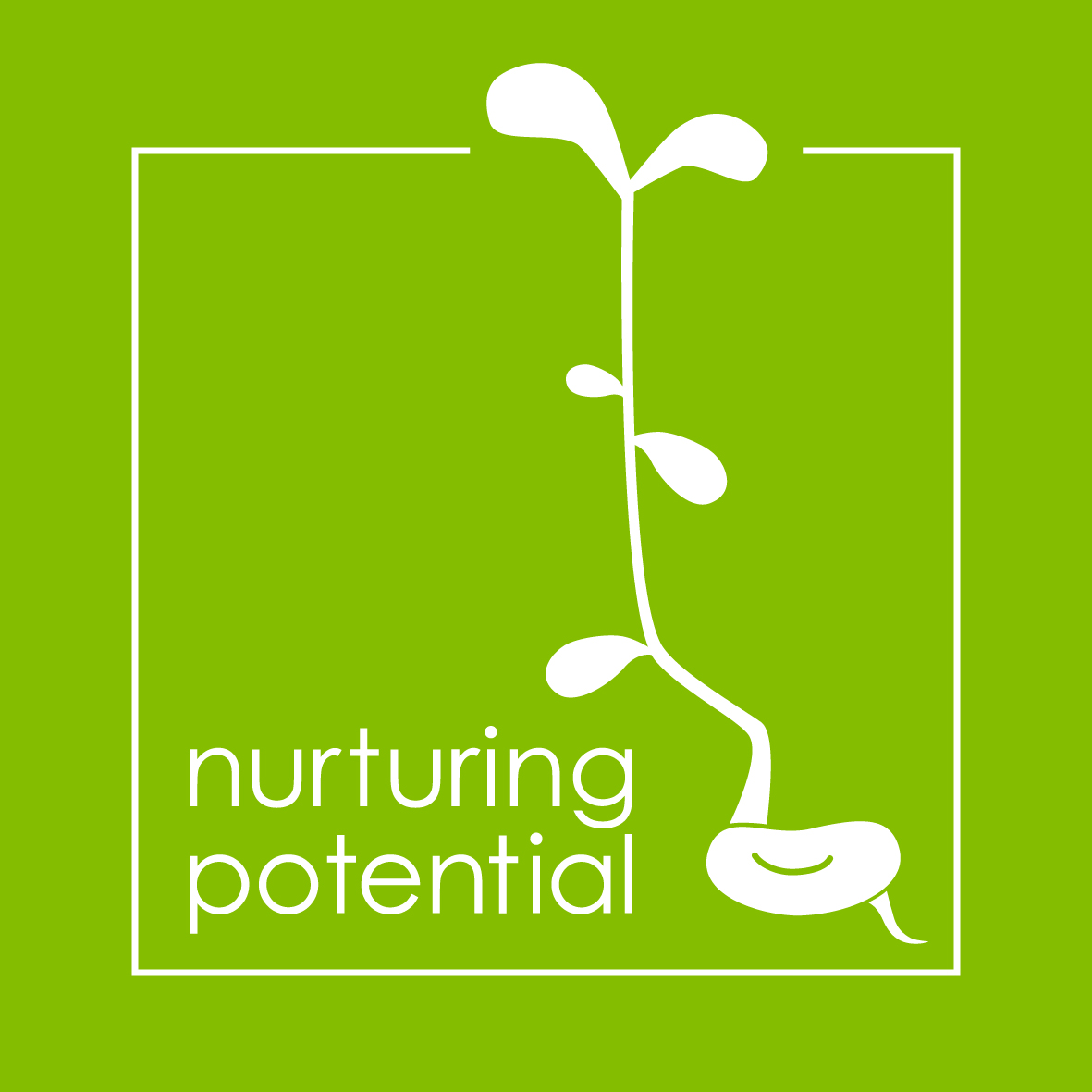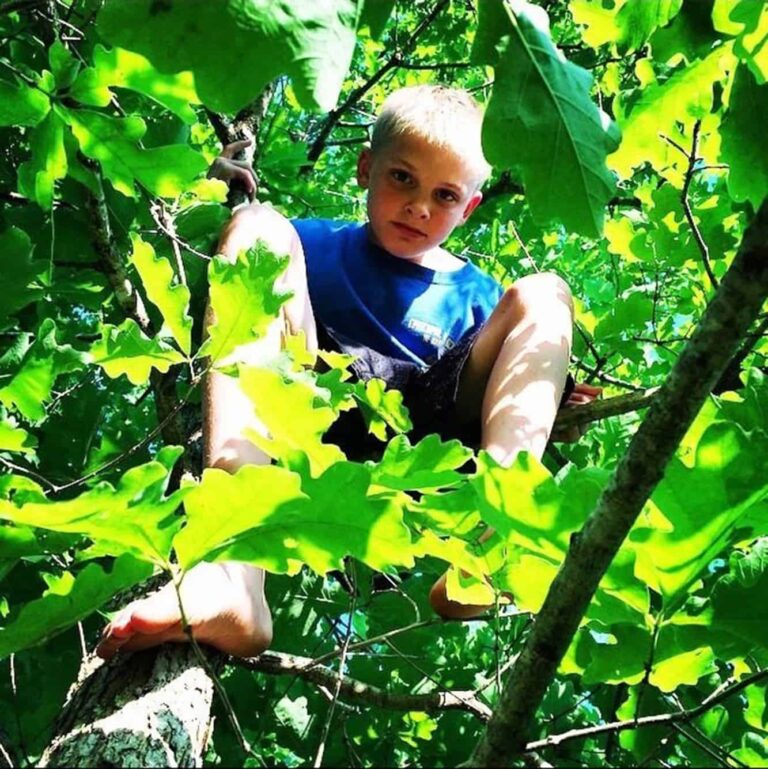Learning About Connections Outside of the Classroom
It’s beneficial for children at every age to talk about connections. Many of us learned about the relationships between natural things from the two-dimensional world of science textbooks. We absorbed a sequence of facts about various topics in a linear progression. Yet we do not live in a two-dimensional world; very few things move linearly, and science is filled with multi-dimensional relationships that cannot be fully understood or appreciated through the rote memorization of facts. These associations should be established through guided play to foster a closer appreciation of the natural world.

The core of memory concerns building mental associations with objects, places, and people. The good and bad news is that we first base these connections on positive or negative emotions. Since children are growing into their social competence, they often rely on adults, specifically their parents, to identify and explain these connections to them. Think of it as teaching a word’s definition to someone unfamiliar with a concept. Our children experience both actual training in spoken and written language and also the subconscious language of relationships in meaning across all worldly (and abstract) things around them. Often the latter isn’t an academic area where young people receive support at school, dependent on the resources and accessibility options available at the institution.
Parents have an excellent opportunity to point out the connections between all living things and the vital role that each one plays in the web of life. Children inherently understand this relatedness and listen to stories about the natural world with the same anticipation as a bedtime tale. For instance, if they haven’t brought it up, talk to them about the changing weather: What questions do they have? What do they think about the difference between rain, snow, sleet, and hail? One of the most amazing things to see is when a child feels the texture of soil or sand for the first time. When combined with your descriptions of basic plant biology and the origins of life, you’ll provide them with a simple yet unforgettable session of free play.

You do not need to be an expert, and there is a lot that you will learn with your children as you go—in the back of your mind, remember to look for opportunities to connect your child’s object of interest to a cycle, a season, a food chain, or another living thing. Don’t limit their interaction to simple contact! Please encourage them to use their senses to experience nature through touch, smell, taste, or sound, feeling compassion, or admiring plants or animals. Allowing children to stumble into meaning-making on their own builds awareness of connections in life and promotes pro-social connections within themselves and others.




